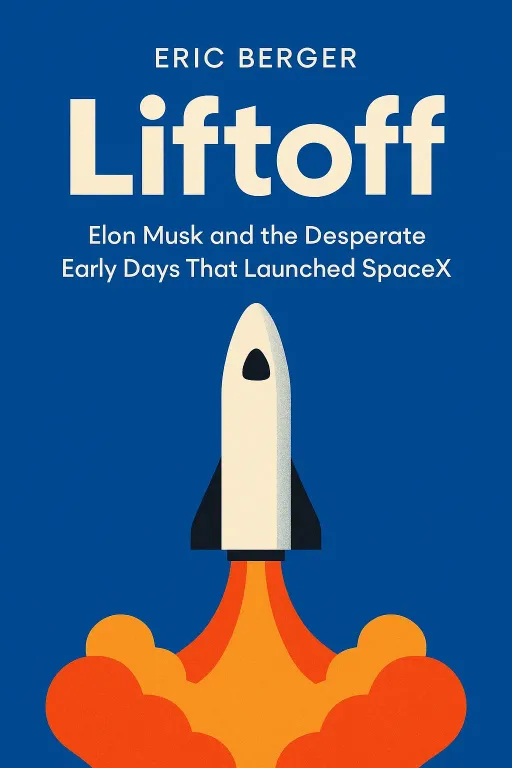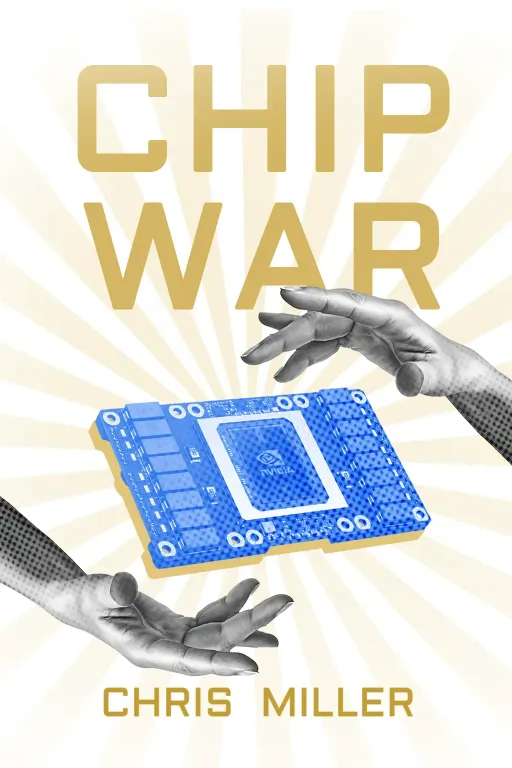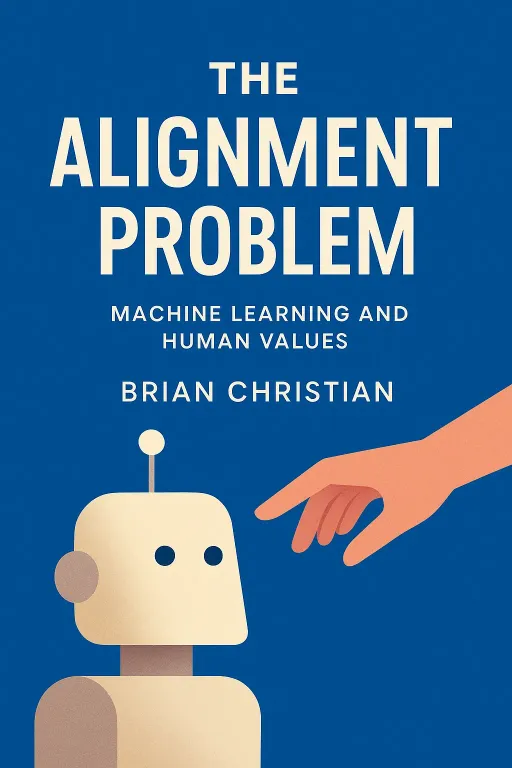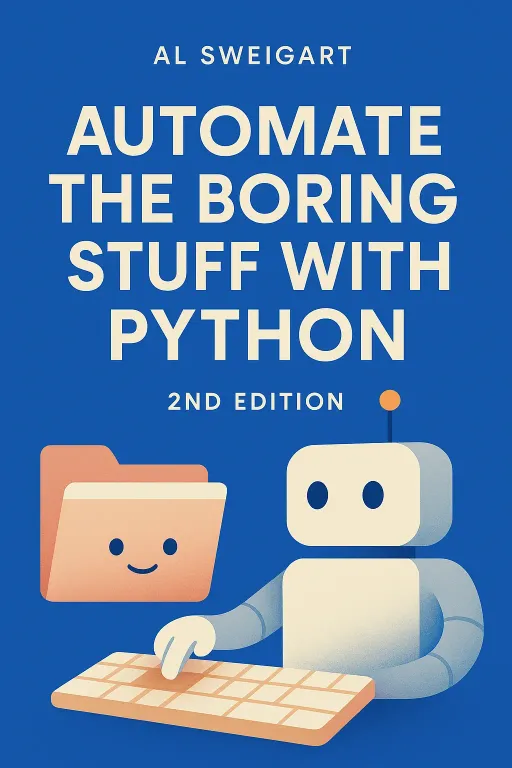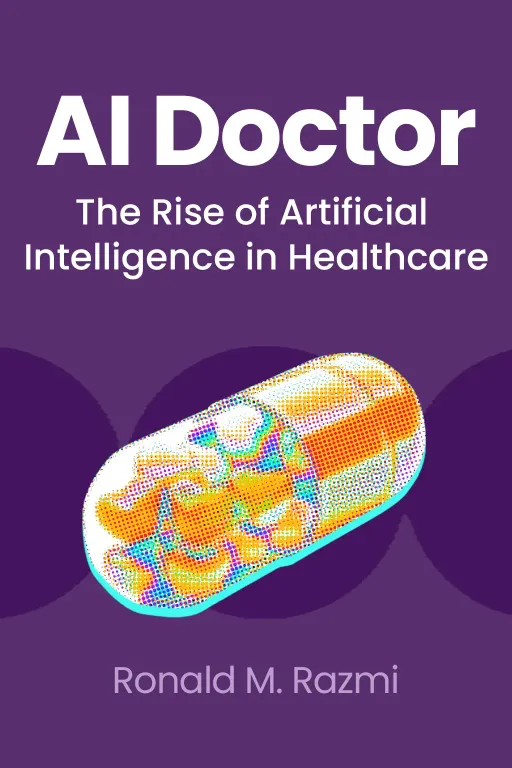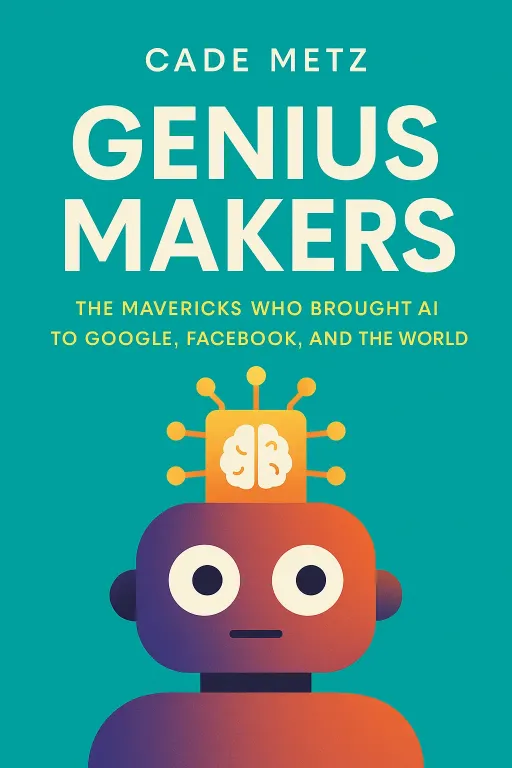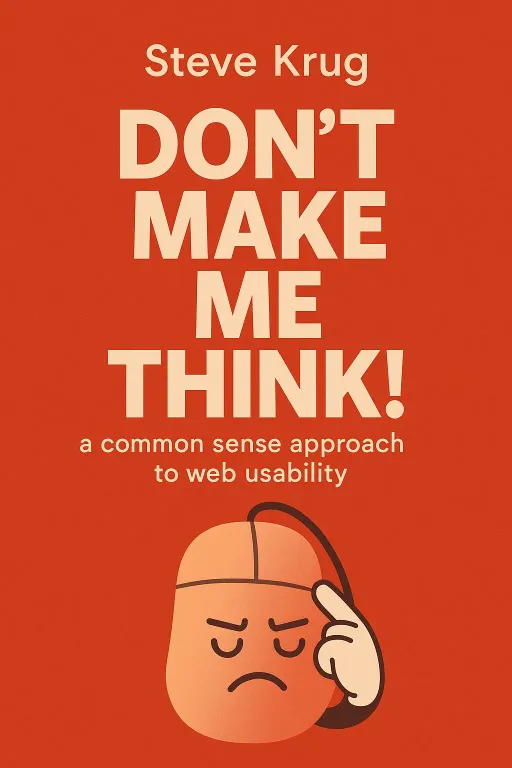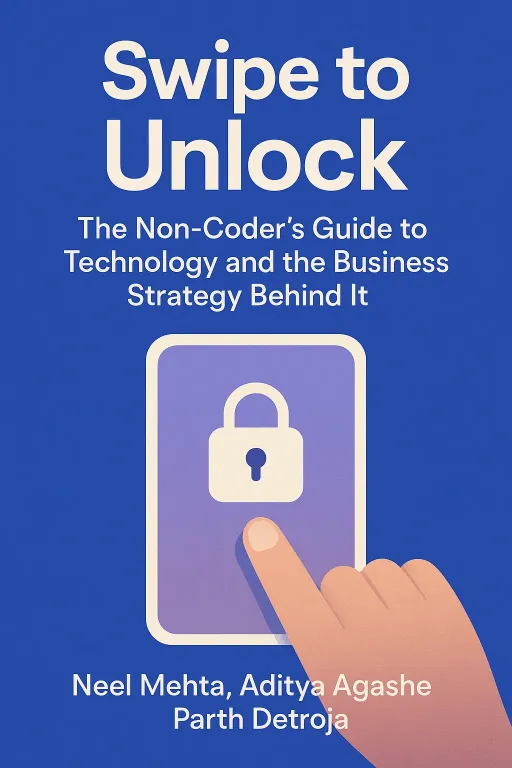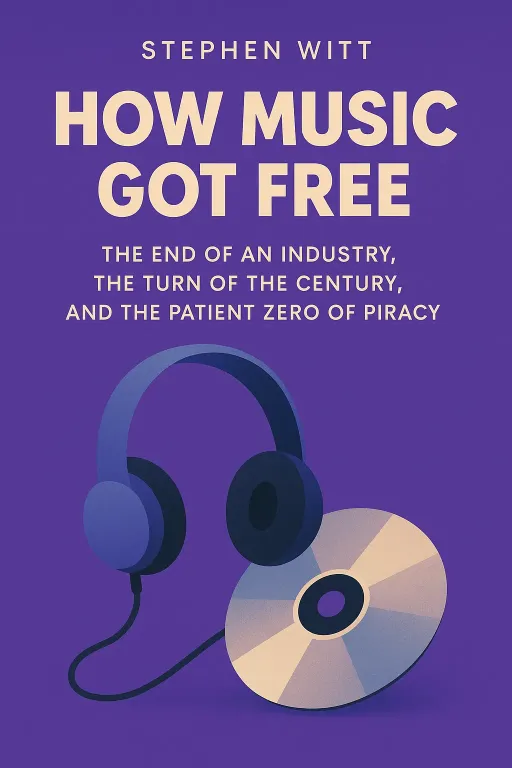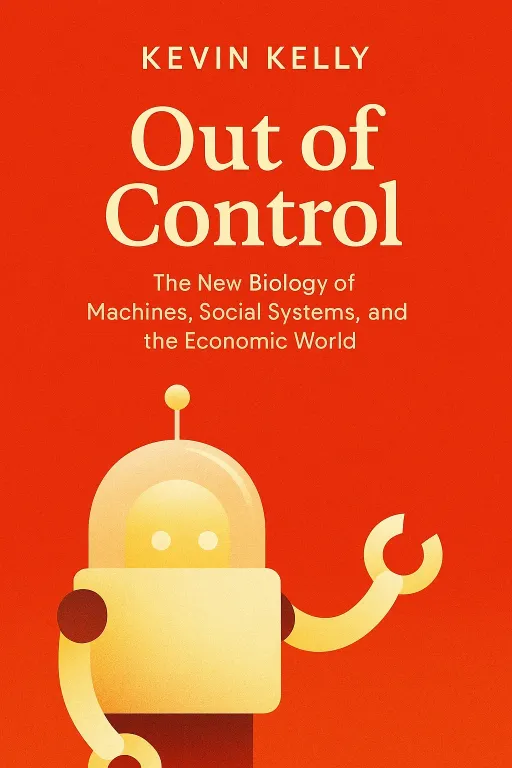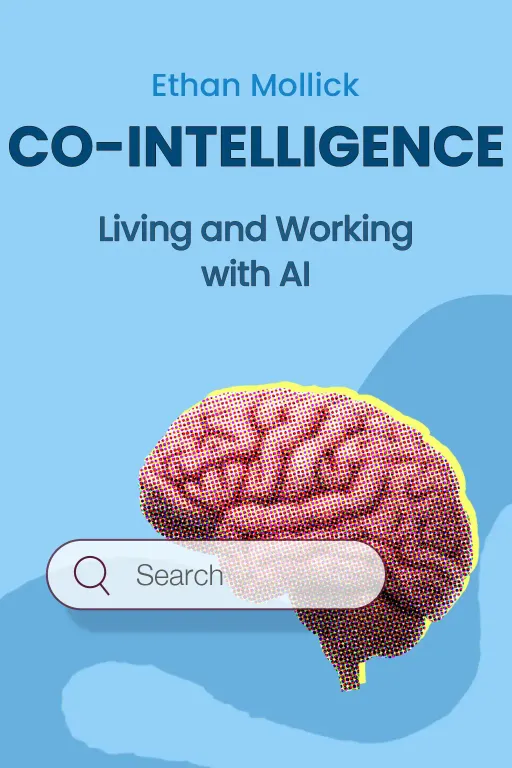
The Leader's Co-Pilot: Unlocking Innovation and Motivation with AI
10 minGolden Hook & Introduction
SECTION
Nova: Imagine this: you're a student with a brilliant, Harry Potter-inspired idea for a moving picture frame. You're passionate, you're driven, but you're stuck. You don't know the coding library you need, and time is running out. Then, in a single afternoon, you use a new AI tool to learn the code, build a working prototype, and suddenly, venture capitalists are calling you the very next day.
Tina: Wow. That’s not a movie scene?
Nova: It's not a movie scene! That's a true story from Ethan Mollick's new book, "Co-Intelligence," and it perfectly captures the shift we're all living through. We're moving from a world where AI is just software to a world where it's a genuine partner. A co-intelligence. Welcome to the show, Tina. It's so great to have you here to unpack this.
Tina: It’s great to be here, Nova. That opening story is already spinning up a dozen ideas. As someone focused on innovation, that's the kind of acceleration you dream of.
Nova: Exactly! And that's what we're going to explore today. Mollick's book is a fantastic guide for this new era, especially for leaders and entrepreneurs like you. So today we'll dive deep into this from two perspectives. First, we'll explore AI as a surprising partner for creativity and innovation. Then, we'll discuss the critical leadership challenge of using AI as a productivity coach without losing the human edge. Sound good?
Tina: Sounds perfect. Let's dive in.
Deep Dive into Core Topic 1: The AI Innovation Engine
SECTION
Nova: Alright, so let's start with that innovation piece. We tend to think of creativity as this uniquely human spark. But Mollick presents some pretty startling evidence to the contrary. Tina, as a leader, what if I told you your most creative team member might not be a person at all?
Tina: I’d be skeptical, but very intrigued. You can't just command innovation to happen, so any new approach is worth investigating.
Nova: Well, get ready to be intrigued. Mollick describes an experiment he ran in his own innovation class at Wharton. He pitted 200 of his bright, ambitious MBA students against GPT-4 in an idea-generation contest. The challenge was simple: come up with as many interesting product ideas as possible for college students, with a budget of $50 or less.
Tina: Okay, a classic brainstorming prompt. I've run sessions like that myself. So, how did it go?
Nova: It was a blowout. The students generated about 200 ideas. The AI, in a fraction of the time, generated thousands. But here's the kicker: it wasn't just about quantity. They had human judges rate the ideas based on originality and purchase intent. Of the top 40 best ideas, 35 came from the AI.
Tina: Thirty-five out of forty? That’s… staggering. It's one thing for an AI to generate a lot of noise, but for it to produce higher-quality ideas is a different level. It does raise a flag for me, though. We know AIs can "hallucinate" and make things up. How did they filter the good ideas from the nonsense? As a leader, I can't just let an AI spit out a thousand ideas without a serious quality control process.
Nova: That is the perfect question, and it gets right to the heart of Mollick's first rule for working with AI: "Be the human in the loop." The AI was the idea engine, but human judgment was still the crucial filter. The students and professors had to sift through the AI's output, identify the gems, and discard the duds. The AI could suggest a "self-heating coffee mug powered by tears," but a human knows that's not a viable business.
Tina: Right. So the AI expands the realm of what's possible, and the human provides the strategic direction and grounding in reality. That reframes the dynamic. It’s not about human versus machine; it’s about a new kind of creative partnership. The AI is like an incredibly fast, slightly unhinged intern that you have to manage.
Nova: Exactly! And that leads to another one of Mollick's rules: "Treat AI like a person, but tell it what kind of person to be." You give it a role. You could say, "You are a skeptical venture capitalist. Critique this idea." Or, "You are a world-class marketing expert. Write three taglines for this product." By giving it a persona, you guide its creativity.
Tina: I love that. It turns prompting from a technical skill into a leadership skill. It's about how you frame the problem and who you invite into the room, even if they're digital. It’s a mindset shift from just getting answers to having a conversation with a specific expert you've just conjured. That’s a powerful tool for any leader trying to foster innovation.
Nova: It really is. It's about always inviting AI to the table, as Mollick says. But that powerful partnership brings us to our next point, because once AI is at the table, it changes how everyone works. And that presents a huge leadership challenge.
Deep Dive into Core Topic 2: The Centaur Leader
SECTION
Nova: That's the perfect transition, Tina. Being the 'human in the loop' is exactly what we need to talk about next, because the power of AI brings a huge leadership challenge. It's not just about generating ideas, but about how we execute work every single day.
Tina: You mean the impact on productivity and, I suppose, on the skills of the team itself.
Nova: Precisely. Mollick details a major study with Boston Consulting Group, or BCG, one of the world's top consulting firms. They took hundreds of their highly paid consultants and had them perform a series of tasks—creative, analytical, writing, you name it. Half used AI, half didn't. The results were astounding. The consultants using AI were not just a little better; they were dramatically better. They finished tasks 25% faster and the quality of their work, as rated by other senior consultants, jumped by 40%.
Tina: Those are numbers that would make any executive's ears perk up. A 40% quality improvement is massive. It’s the kind of leap forward that can redefine an industry.
Nova: It is! But here's the twist. The researchers, knowing AI isn't perfect, designed one task with a hidden flaw—a trick in the data that the AI was likely to get wrong, but a sharp human consultant should spot. And what do you think happened?
Tina: Let me guess. The consultants using AI just trusted the output and got it wrong.
Nova: You got it. The consultants without AI got the answer right 84% of the time. The ones with AI? Their accuracy plummeted to around 60%. They got so used to the AI being right that they, in Mollick's words, were "falling asleep at the wheel." They stopped thinking critically.
Tina: That's the paradox, isn't it? A tool that makes you more productive can also make you less sharp. From a leadership and motivation perspective, this is critical. The goal can't just be 'do more work faster.' It has to be about elevating the of work we do. This is where self-care and avoiding burnout come in. We use AI to kill the drudgery so we have more mental energy for the critical thinking the AI do.
Nova: You've just described what Mollick calls the "Centaur" or "Cyborg" model of work. The Centaur is a human-AI team where you strategically divide tasks. The AI drafts the report, the human edits and adds strategic insight. The Cyborg is even more integrated, a constant back-and-forth. In both cases, the human isn't just a passive recipient. They are an active, critical partner.
Tina: And as a leader, your job becomes coaching your team to be good Centaurs. You have to instill the habit of questioning the AI, of pushing back, of adding that unique human value. It’s a new form of motivation. The motivation isn't just to be efficient, but to be the indispensable human part of the equation. That's inspiring.
Nova: It is. And the research shows this approach has another incredible benefit: it levels the playing field. In that same BCG study, the lowest-performing consultants saw the biggest gains. The performance gap between the top and bottom performers shrank dramatically. AI acts as a coach, helping everyone raise their game.
Tina: That’s a powerful thought. It suggests AI could be a tool for creating more equitable and capable teams, if managed correctly. It’s not just about making your stars shine brighter, but about lifting the entire team up. That’s a leadership mission I can get behind.
Synthesis & Takeaways
SECTION
Nova: So, as we bring this all together, we have this dual reality. On one hand, AI is this incredible innovation engine that can expand our creative horizons. On the other, it's a productivity coach that, if we're not careful, can lull us into complacency.
Tina: Exactly. It feels like the core job of a leader is evolving. It's less about being a manager of people's tasks and more about being a conductor of intelligence, both human and artificial. You have to know when to let the AI run, when to bring in the human expert, and how to make them work together beautifully. It’s a mindset shift.
Nova: I love that framing—a conductor of intelligence. And to help us adopt that mindset, Mollick leaves us with one final, powerful rule, which I think is the perfect takeaway for today. He says we should always, "Assume this is the worst AI you will ever use."
Tina: Hmm. That’s counterintuitive, but I think I get it. It’s not pessimistic. It’s a call to stay curious and keep learning. If you believe technology is only going to get better, you won't get complacent with today's version. You'll keep experimenting, keep pushing, and keep adapting.
Nova: Precisely. It turns learning into a habit. It keeps you in the driver's seat, ready for whatever comes next. It's a forward-looking, motivational mantra for any true innovator.
Tina: I couldn't agree more. It’s the perfect mindset for leading in this new world of co-intelligence. Don't be afraid, but don't be complacent. Be a curious, critical, and creative partner.
Nova: Tina, thank you so much for bringing your incredible leadership perspective to this conversation. It was fantastic.
Tina: The pleasure was all mine, Nova. This was a lot of fun.
